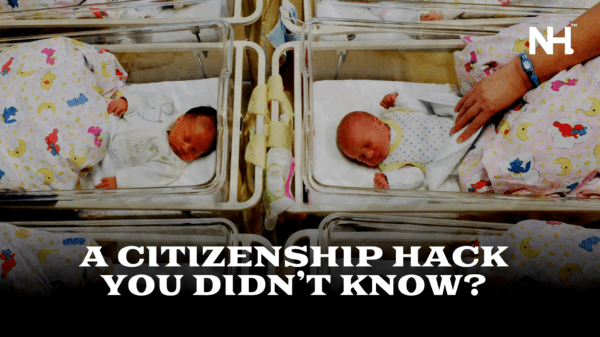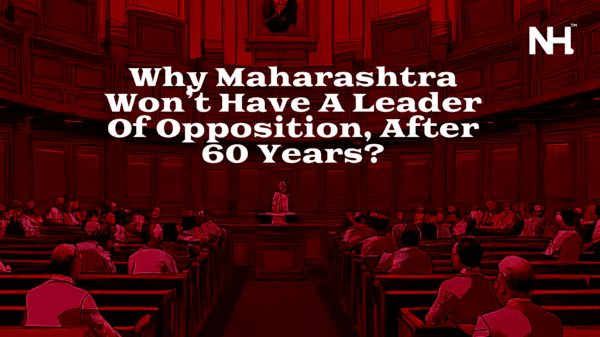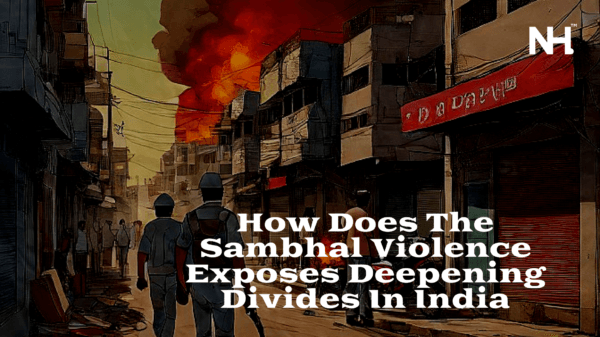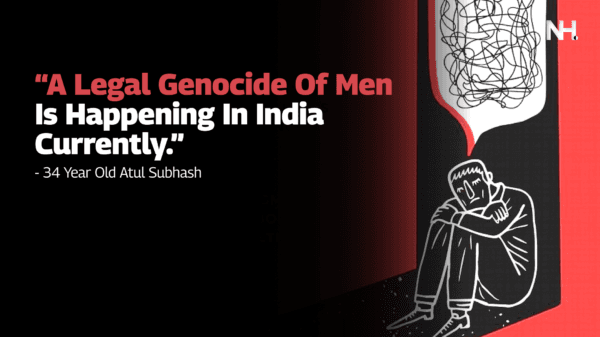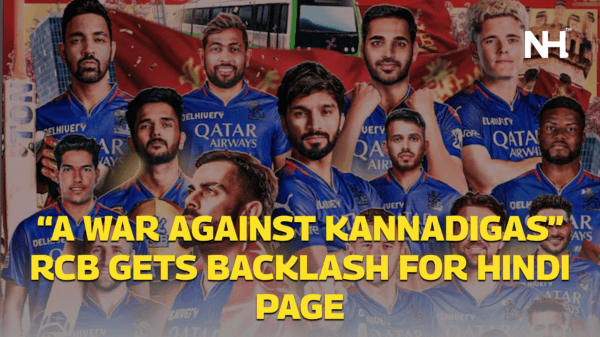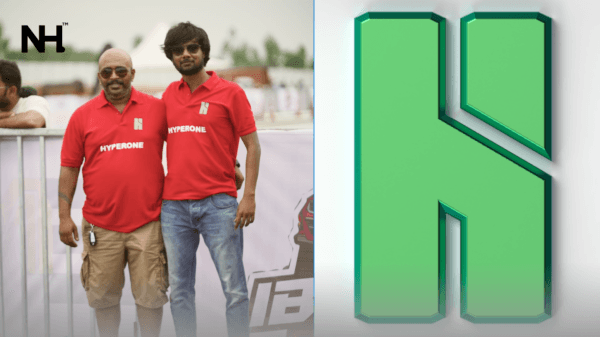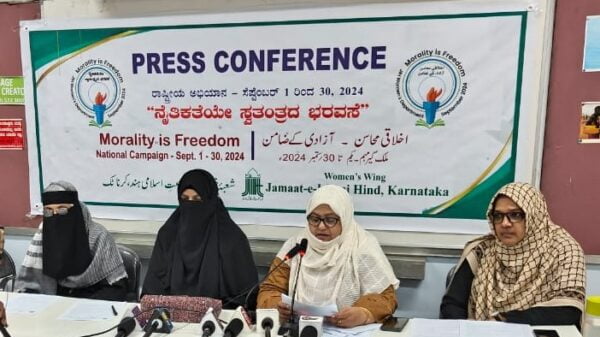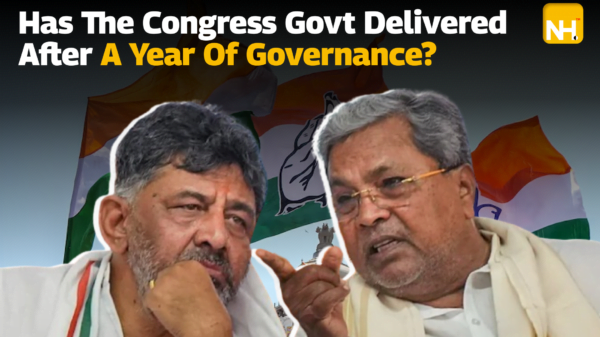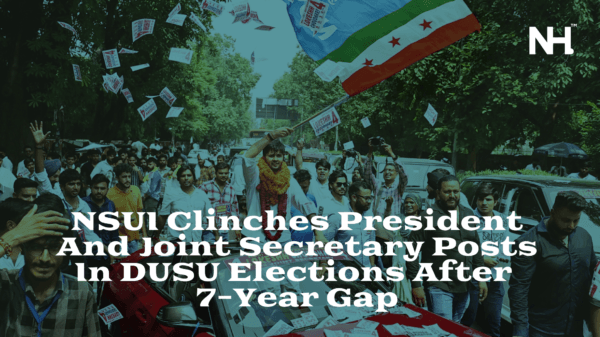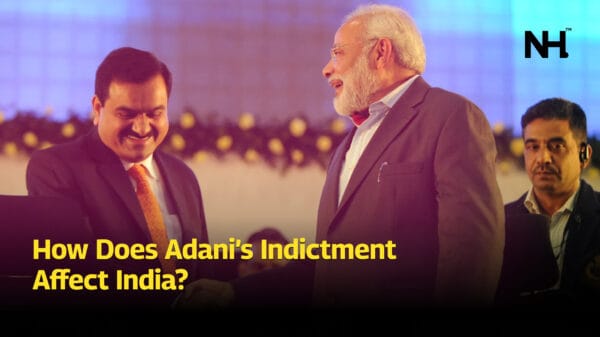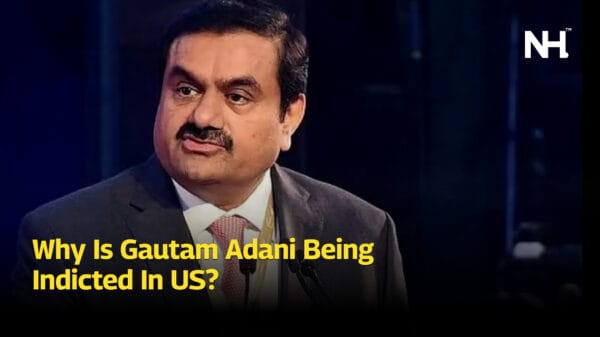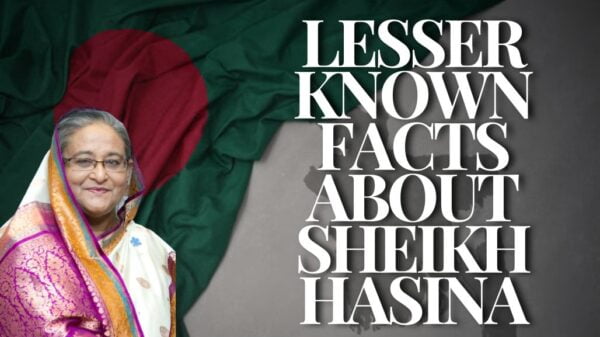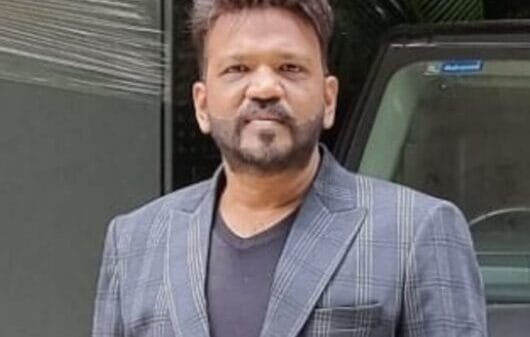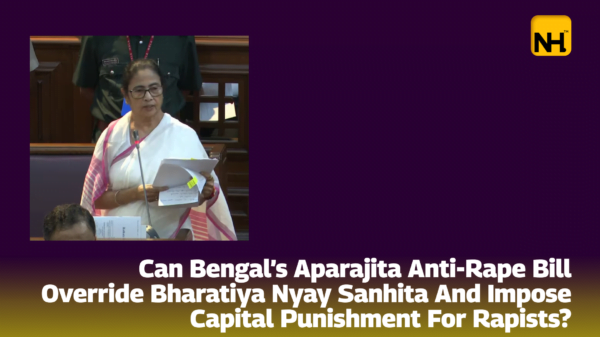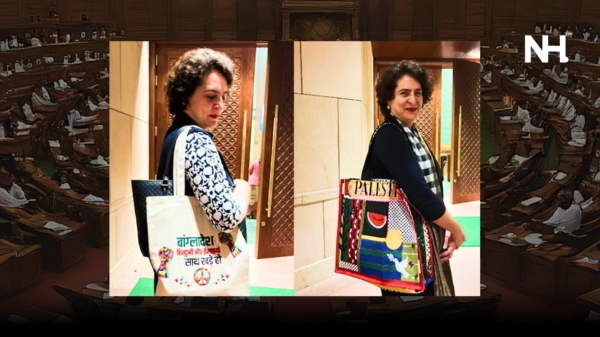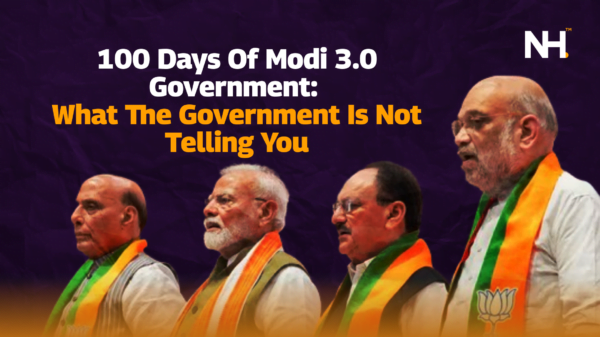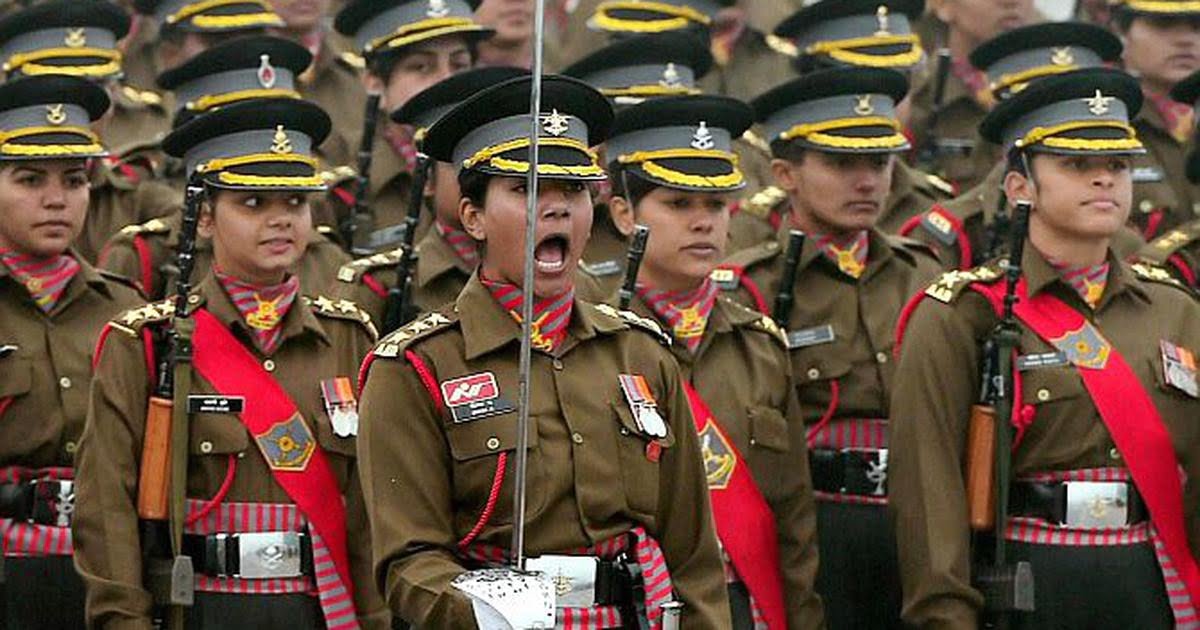On 23rd July, Thursday, the Central government issues an order for Permanent Commission of women officers in the Indian Army. The order came 5 months after the Supreme Court had given directions to the government to consider women officers serving under Short Service Commission for a Permanent Commission irrespective of tenure of service and also for command posts in non-combat areas as not doing so would not comply with the guarantee of equality under Article 14. The ten streams where women officers can now be permanently commissioned are Army air defence, Signals. Engineers, Army aviation, electronics, mechanical engineers, army service corps, intelligence corps, judge and advocate general and army educational corps.
Short Service Commission in army refers to the scheme that is meant for eligible men and women to serve as officers for minimum of 10 years with options to either leave or opt for Permanent Commission or to opt for an extension of four more years of service. Permanent Commission allows you to have a career in the Army till you officially retire (at the age of 60). There are more benefits PC officers are entitled to which isn’t available for SSC officers.
Why did it take so long for women to be considered for Permanent Commission? What are the hurdles they faced in the way? What are the conditions of army women in other countries? Read more to find out.
History
- · Women officers were first recruited in the army in 1992 for a period of five years under the Women Special Entry Scheme (WSES) and had shorter pre commission training period compared to their male contemporaries who were commissioned under SSC.
- · PIL was filed in the Delhi High Court, in 2003 to grant Permission Commission for women SSC officer in the army.
- · In 2006, SSC scheme replaced the WSES. While the male officers had an option to opt for Permanent Commission after 10 years of service, women dint have that option. This meant that the women officers were kept out of command appointments and weren’t entitled to the pension scheme which started only after 20 years of service.
- · In October 2006, Major Leena Gaurav filed a writ petition in the HC to challenge the terms and conditions of service stated in the circulars earlier and for PC of women officers.
- · The Defence Ministry passed an order in September 2008, which said that women officers would be granted PC only in the judge and advocate general and army education corps departments.
- · Major Yadhav and others again challenged this circular in the HC on the grounds that it granted PC only prospectively and only in a couple departments.
- · In 2010, after hearing all the previous challenges together, the Delhi HC ruled that women officers of the Army and Air Force who had sought for PC status and had not been granted, should be henceforth granted the status at par with male officers. The benefit was only applicable to women who had instituted the proceedings before the HC and had retired during the proceedings of the petitions.
- · The central government challenged the ruling in Supreme Court and did not implement any directions from the HC judgement.
- · In February 2019, government passed an order for the grant of PC to SSC women officers in 8 streams of the army but wouldn’t be offered any command appointments and they would only serve in staff posts.
- · The government came up with a proposal that women officers with up to 14 years of service would be granted PC and those with more than 14 years would be permitted to serve for 20 years, without PC but could retire with pension and the ones who had served for more than 20 years would be released immediately with pension benefits.
- · On 17th February 2020, the Apex Court ruled that the women SSC officers should be considered for PC irrespective of tenure and should also be considered for command posts of non-combat areas.
Hurdles (Or misogyny to be precise)
- · The 2010 orders of the Delhi HC weren’t implemented by the Central government, even though it wasn’t stayed and was challenged in the SC.
- · In 2018, Chief of defence staff General Bipin Rawat had said in an interview, that women were not ready for combat roles as they were responsible for raising children and would feel uncomfortable at the frontline or would accuse jawans of peeping into their quarters.
- · In February 2020,in an affidavit the Centre submitted to the SC, it said women couldn’t be given combat posts as “The composition of rank and file being male, and predominantly drawn from rural background, with prevailing societal norms, the troops are not yet mentally schooled to accept women officers in command”.
- · The Centre’s lawyer also presented points like “It is a greater challenge for women officers to meet these hazards (commitment and sacrifices) of service owing to prolonged absence during pregnancy, motherhood and domestic obligations towards their children and families, especially when both husband and wife happen to be service officers,”
- · Even after the SC verdict, government delayed the implementation of it giving the reason of COVID 19 and asking for 6 months’ time.
- · The army made four policy changes in this period. One of those include women officers who have serve for more than 20 years being detailed at Junior Command Course, to give them command posts. This course is essentially meant for majors and captains who have 5 – 13 years of service. This could mean that a woman officer who already holds the post of Lieutenant Colonel should now proceed in the course with a young male officer who is only a Major or Captain.
- · Apart from all these, for years together women officers have witnessed their male counterparts been given promotions, PC, and have called them ‘sir’, when they were continually denied the opportunity to raise to higher ranks. They have rarely been a part of important studies, policy meetings and import decision making processes in the army.
- · The total strength of commissioned women officers in the army is just 4%.
Condition in other countries
- · In the 1980s, Norway became the first NATO country to let its women join the army in all combat capacities.
- · In the UK, the military lifted its ban on women serving in close combat ground roles and has allowed them to serve in elite forces, only since 2018.
- · China, which has the world’s largest army (PLAGF) approximately has only 5% of women officers. Out of 1.4 million officers, only 53,000 are women.
- · In 2016, US allowed the women officers to take up frontline combat roles, lifting its ban. By 2019, women held 2,906 positions in ground combat.
- · Pakistan has around 3,400 women officers in its army, according to a report.
- · Japan’s self defence force has about 7% women officers.
- · The average percentage of women in the armed forces of NATO countries is 11.
– Jahnavi TR
– Bengaluru
References – https://indianexpress.com/article/india/govt-issues-order-for-permanent-commission-of-women-officers-in-army-6519988/
https://indianexpress.com/article/explained/women-in-army-what-supreme-court-said-6273177/
https://thewire.in/law/women-officers-indian-army-command-posts
https://thewire.in/women/indian-army-women-officers-permanent-commission-delay







